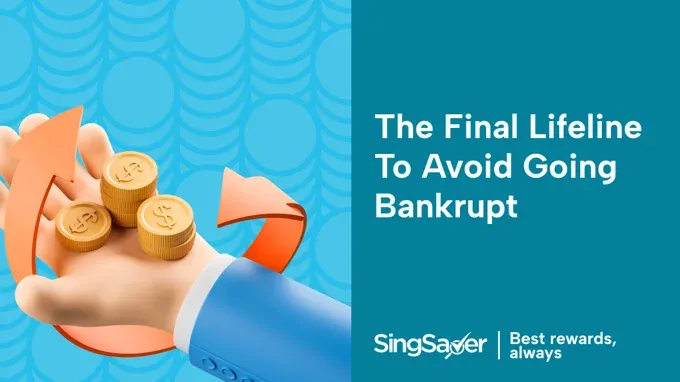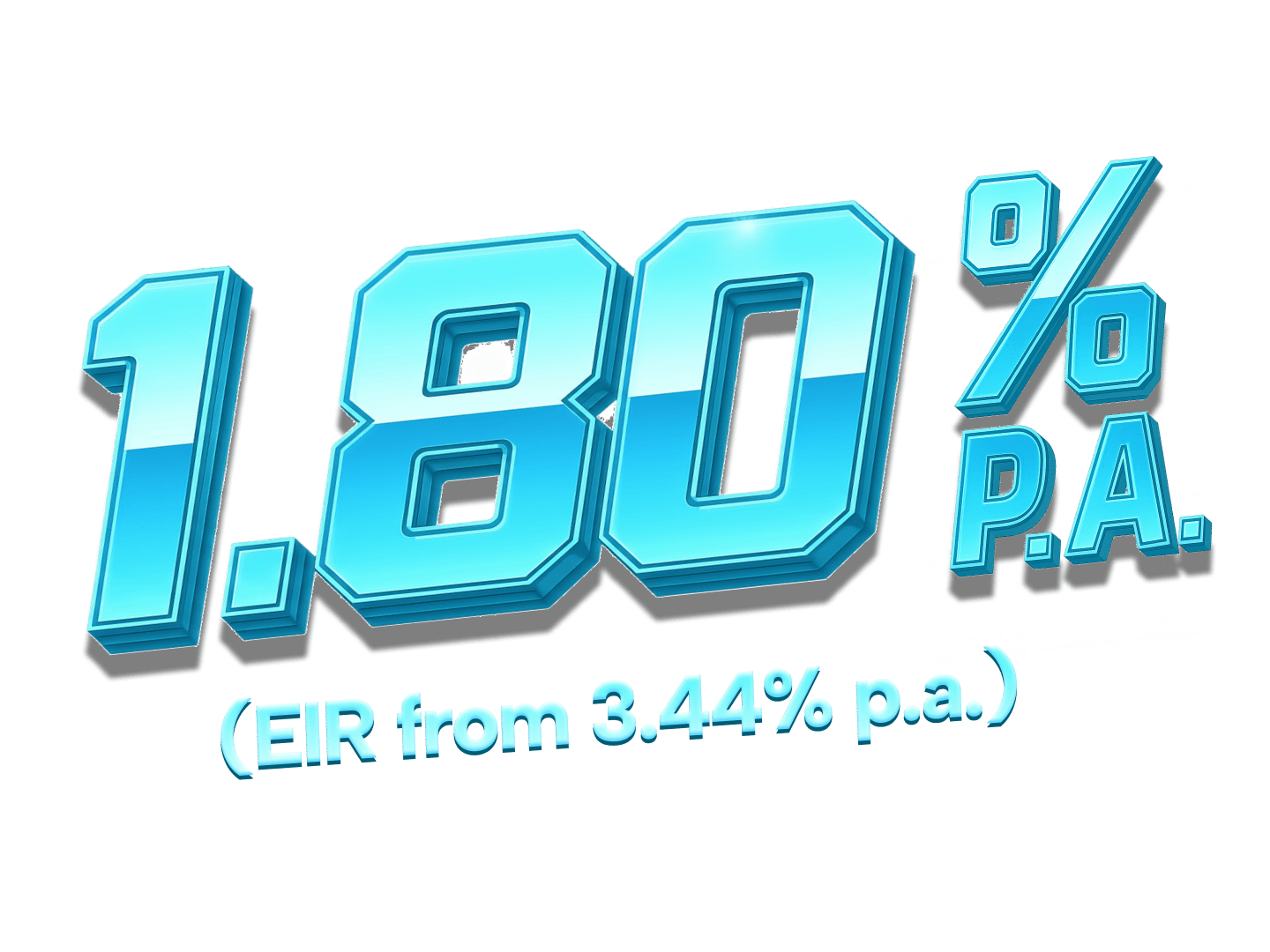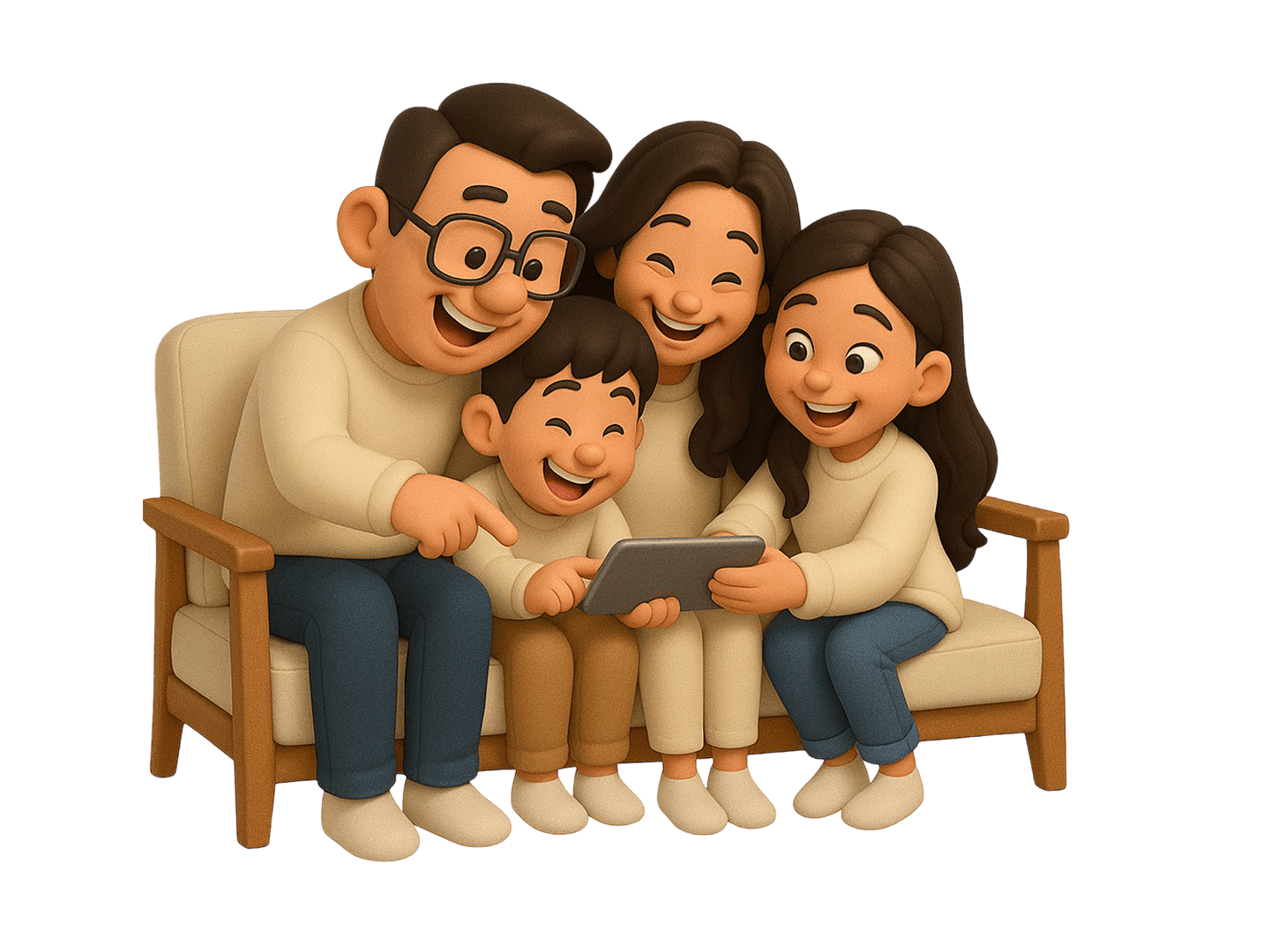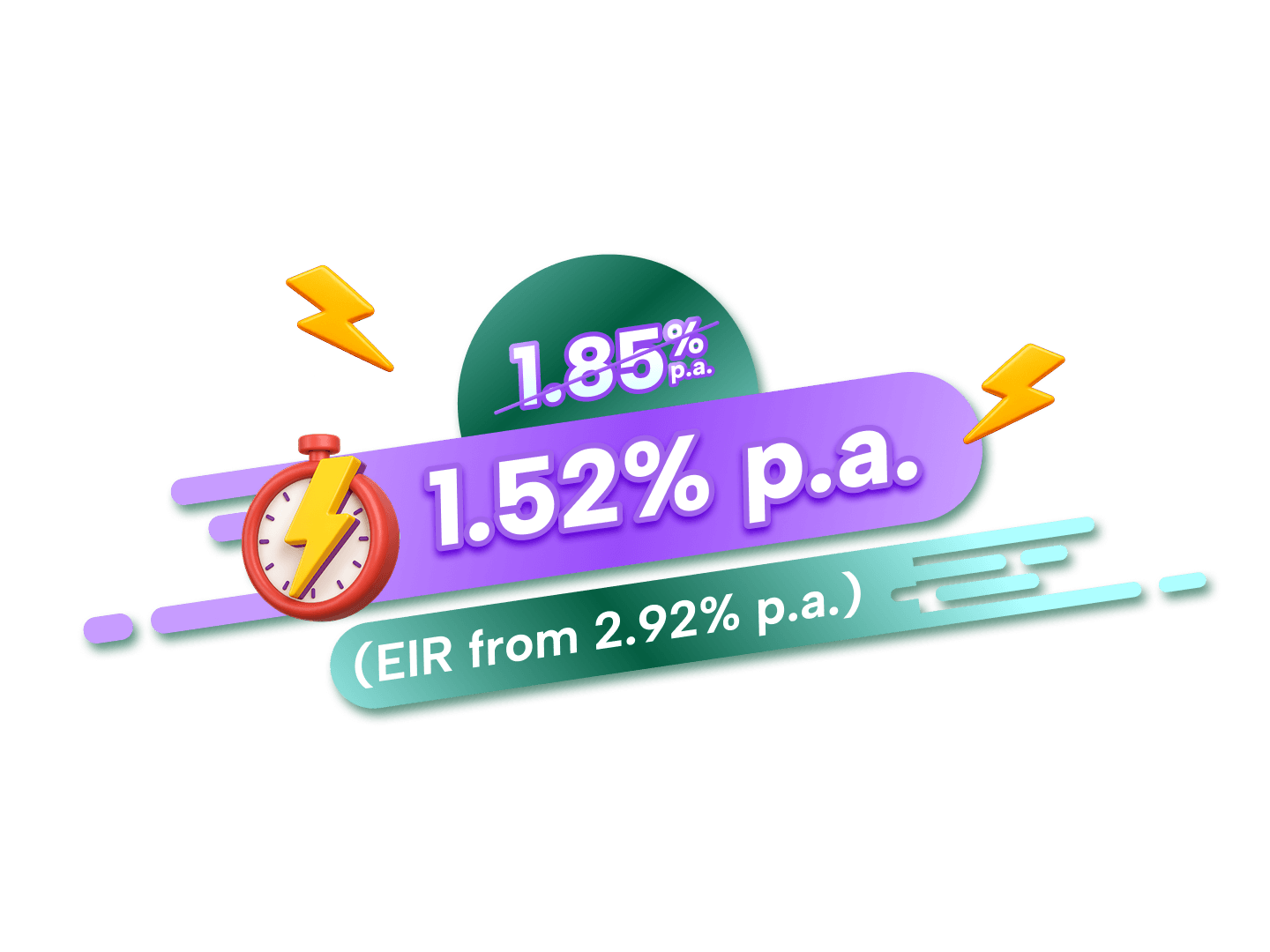Debt Repayment Scheme, How to Apply for It, Pros & Cons & More
Updated: 11 Dec 2025
Debt Repayment Scheme (DRS) is a final safety net before bankruptcy, but not everyone may be eligible for it. Here’s everything you need to know about DRS, including how it works, charges and fees, and how to apply.

Being heavily in debt and unable to manage or pay off your debt obligations is a bad situation no matter which way you slice it. But Singaporeans who find themselves in this difficult scenario need not despair, as there are several programmes available that are designed to help resolve serious debt problems.
Namely, there are six different options that you can tap on for assistance, and your personal circumstances (how much you owe, your employment status, etc) will determine your suitability and which one you should pursue.
These six options are:
-
Debt Settlement Appeal. This is a self-administered option that involves you making a direct appeal to your creditors and proposing a repayment plan. It is then up to your creditors to accept or reject your appeal, or negotiate different terms with you.
-
Discounted Lump Sum Settlement. In lieu of a Debt Settlement Appeal, you may try offering a Discounted Lump Sum Settlement – sometimes known as a haircut. The idea here is to offer a one-time payment to your creditor to clear off your debt, even though the sum offered may be lower than your total debt obligations.
In exchange for accepting the lump-sum, your creditor gets to close their books and move on, instead of continuing to waste resources on debt recovery. Of course, this will engender being able to raise a large enough lump sum to make it worthwhile for your creditors. -
Debt Consolidation Plan (DCP). This is a structured repayment plan lasting up to 10 years. Firstly, all your outstanding debt is consolidated and paid off on your behalf by your DCP provider. Thereafter, you will pay off your debt to your DCP provider via monthly instalments and at a much lower interest rate.
-
Debt Management Programme. If you prefer to have a qualified third party help you navigate through your debt woes, you may wish to consider a Debt Management Programme (DMP), administered by Credit Counselling Singapore (CCS).
Provided you have sufficient repayment capacity, CCS will negotiate on your behalf with banks and participating lenders to draw up a repayment schedule. If accepted by your creditors, you can follow the terms stated in the DMP to repay your debt.
-
Debt Restructuring Scheme (DRS). This is a programme for those who are beyond the other methods discussed thus far, and is the last option before bankruptcy. Read the rest of the article for more details.
-
Bankruptcy. Those who are unable to pay their creditors may apply for bankruptcy, where the Court steps in to appoint someone to oversee your financial affairs and debt obligations. Bankruptcy comes with severe restrictions and should not be taken lightly. However, the Court deems you have discharged your debt obligations in a satisfactory manner, you can apply to have your bankruptcy status removed and your rights restored.
In this article, we’ll focus on the Debt Repayment Scheme, how it works, and the things you need to know.
What Is the Debt Repayment Scheme (DRS) and how does it work?
The DRS was introduced in 2009 as an additional safety net before having to declare bankruptcy. In a very real sense, it is the “last line of defence” for those who are heavily indebted and have become overwhelmed by their debt obligations.
Under a DRS, eligible debtors are allowed up to five years to repay their creditors, through a monthly instalment payment plan. This repayment plan is drawn up and overseen by a court-appointed officer, the Official Assignee (OA).
With a DRS in place, creditors are not allowed to take further legal action against the debtor without the permission of the Court. All outstanding debt also stops accruing interest, preventing your debt from getting any bigger.
Stopping creditor actions and further interest charges is undeniably advantageous. But are there any disadvantages to a DRS?
Well, you will have to pass control of your assets and personal finances over to the OA to settle your debts. The OA will also determine the amount of your monthly debt repayment, which will likely mean having most of your salary put towards paying off your debt, leaving you with just enough to meet your basic expenses. Realistically, you can forget about taking holidays for a while.
As arduous as that sounds, know that the DRS isn’t meant to be punitive. Once you manage to clear all your instalment payments, you’ll essentially wipe the slate clean and gain a fresh start.
Read also: 4 Ways You’re Accumulating Debt Without Knowing It
How to apply for a Debt Repayment Scheme: key requirements
Unlike a debt consolidation plan, you do not apply for a DRS. Instead, a DRS is initiated when bankruptcy proceedings are made against you.
When you or your creditors file for bankruptcy, the authorities will assess your suitability for DRS instead. Only if you’re ineligible for DRS will the bankruptcy charge proceed. Note that DRS is voluntary, so you have the right to refuse the programme, but that would mean going straight to being bankrupt.
What are the requirements for DRS in Singapore?
⚡SingSaver x SCB CashOne Personal Loan Flash Deal⚡
Experience the lowest interest rates from 1.80% p.a. (EIR from 3.44% p.a.) in the market, plus up to S$1,700 in Cashback when you apply for Standard Chartered CashOne Personal Loan via SingSaver. Valid till 1 January 2026. T&Cs apply.
Total unsecured debt up to S$150,000
DRS encompasses all unsecured debt still outstanding, including claims filed by creditors to the Insolvency Office. The total amount of unsecured debt should fall between S$15,000 and S$150,000.
Steady employment with regular income
Your employment status is an important factor when considering your eligibility for DRS. You should be steadily employed and drawing a regular salary, so as to help prove your ability to make monthly debt repayments.
Not an undischarged bankrupt or been on DRS
Debtors who are undischarged bankrupts will not qualify for DRS. They should also not have been on prior DRS within the past five years.
No court-based arrangements with creditors
In order to qualify for DRS, you should also not have entered into court-based arrangements with your creditors, for at least the preceding five years.
Not a sole proprietor or partner
Being a sole proprietor of a business, or a partner in a firm, will disqualify you from DRS.
Read also: Will A Debt Consolidation Loan Affect My Credit Score?
DRS forms and paperwork
During the process of applying for DRS, you will be asked to prepare some forms and paperwork. Here’s a quick rundown of the papers you will likely need.
Note that you will be given a maximum of 14 days to complete the administrative requirements. Failing to do so within the duration will require you to restart the process.
Form A – Statement of Affairs
This form is used to record your assets and liabilities. You will be asked to declare holdings of value, such as investments, property, jewellery and cash. You will also be asked to list down your creditors, whether corporate (banks, licensed moneylenders, etc.) or personal (friends and relatives that you owe money to).
Form C – Income and Expenditure
Here you will disclose your monthly income and monthly expenditure. This will help gauge your capacity to repay debt.
Form D – Debt Repayment Plan
In this form, you will propose a reasonable and sustainable debt instalment amount to be paid each month. This is expected to be approportioned from your disposable funds after deducting expenditures from income.
The proposed repayment plan will be evaluated by the OA and must be found acceptable by your creditors. If your creditors object, they are allowed to file an appeal within 14 days and negotiate changes.
Annex B – Other Supporting Documents
You will be asked to provide relevant supporting documents, including pay slips, Notice of Assessment, bank statements, monthly bills and more. You may submit them as attachments under Annex B.
Debt Repayment Scheme costs
You’ll need to pay various admin fees and charges when applying for DRS. Consult the following table for a quick reference.
|
Fee |
Cost |
Remarks |
|
Preliminary Admin Fee |
S$350 |
Payable upon the submission of all required forms and documents |
|
Suitability Review Fee |
S$250 |
Payable upon meeting with your creditors for in-depth assessment of your suitability for DRS |
|
Annual Admin Fee |
S$300 per year for first two years, S$350 per year thereafter |
Payable for five years maximum |
|
Monthly Collection and Distribution Fees |
Collection: 1.5% Distribution: 3% |
Applied on your monthly instalment amounts as well as any bonus contributions |
|
Appeal Fee |
S$100 |
Per submission of Notice of Appeal, if applicable |
|
Debt Repayment Plan Modification Fee |
S$50 |
Payable if alterations are made to repayment plan upon or before meeting with creditors |
⚡ SingSaver x DBS/POSB Personal Loan Flash Deal ⚡
Enjoy interest rates from 1.48% p.a. (EIR from 2.84% p.a*) when you apply for a DBS/POSB Personal Loan. Plus, get S$550 on top of up to 3% cashback when you apply for a loan min. S$10,000 with a min. tenure of 3 years. Use the promo code (SINGSAVER) upon application. Valid till 1 January 2026. T&Cs apply.
When is a Debt Repayment Scheme in Singapore terminated?
DRS may be terminated under one of three conditions, as follows:
Certification of Completion
Once you have paid off all your outstanding debts according to the terms of the DRS, the OA will issue you with a Certificate of Completion. You will be considered to have discharged your debt obligations and the DRS will be terminated.
Be mindful that any dishonest conduct (such as making false representations or failing to declare essential information) may trigger a revocation of the Certification of Completion and lead to further regulatory actions.
Certificate of Failure
On the flipside, you may be issued with a Certificate of Failure if you fail to comply with the repayment plan. This will cause the DRS to be terminated, and creditors will be free to take further actions against you.
Additionally, the following may also trigger a Certificate of Failure:
- Failure to make full and frank disclosure of your financial affairs;
- Failure to attend the creditors' meeting without a valid reason;
- Incurring a debt of more than S$1,000 after the effective date of the Debt Repayment Scheme and did not disclose the fact that you were under the scheme to the person to whom the amount is owed;
- Entering into an undervalue transaction or gave an unfair preference commencing five years or two years respectively before the day on which the bankruptcy application was made and ending the day immediately preceding the completion of the Debt Repayment Scheme; or
- Becoming a sole proprietor or partner of a firm or limited liability partnership during the scheme without the OA’s consent
Certificate of Inapplicability
A Certificate of Inapplicability will be issued, and the DRS will be terminated under the following occurrences:
- Total debt exceeds S$150,000; or shortfall debt after the realisation of a security exceeds S$50,000; or a contingent debt becomes due, exceeding S$50,000
- You are made a bankrupt
- You have passed on
What if you are not eligible for DRS?
As mentioned earlier, those who are not eligible for DRS will have to proceed with the bankruptcy process. This will also entail working with an OA to manage your debt obligations.
Some common reasons your DRS application may be denied include:
- Not attending scheduled appointments
- Not paying the required fees
- Submitting false or misleading financial information or documents
- Not disclosing financial information required by the OA
- Not disclosing ownership of disposal of property
- Feigning losses and expenses
Conclusion: DRS, a tough last chance
Having to be put on a DRS is no walk in the park. You’ll need to declare private, even sensitive information, and essentially give over control of your financial destiny for the duration.
However, it is also a final chance to correct an out-of-control situation before having to be forced into bankruptcy, which comes with even more severe restrictions and consequences.
While it’s good to know options like DRS exist, it’s far better never to have to resort to one. That starts with building good financial habits, and knowing how to make proper use of the various financial tools at your disposal.
⚡SingSaver x UOB Personal Loan Flash Deal⚡
Get affordable interest rates from 1.52% p.a. (EIR from 2.92% p.a.) plus up to S$1,900 in cashback and rewards when you apply for a UOB Personal Loan via SingSaver. Valid till 1 January 2026. T&Cs apply.


